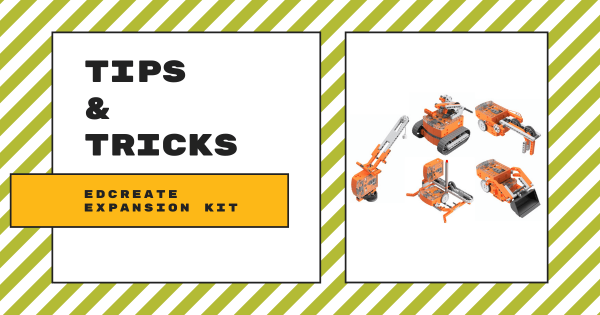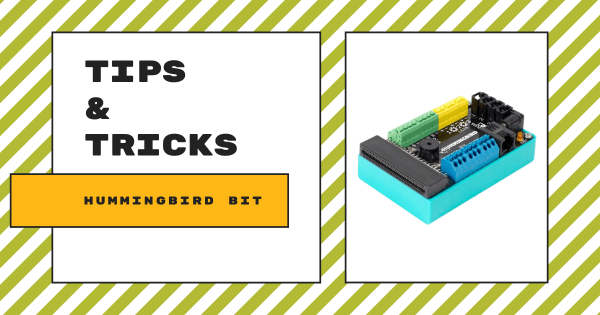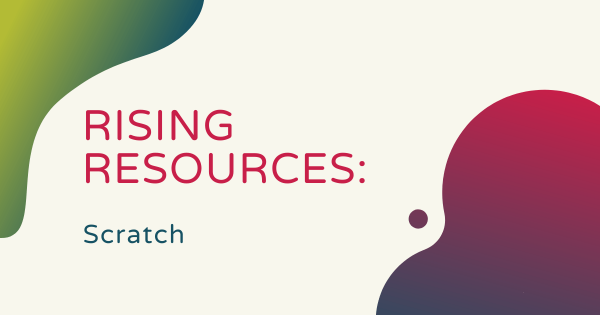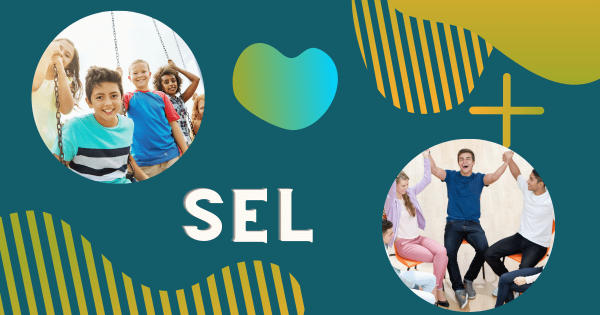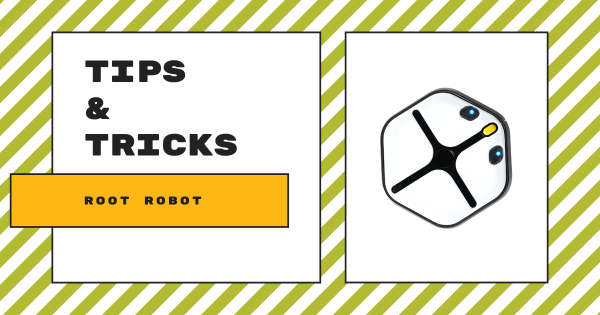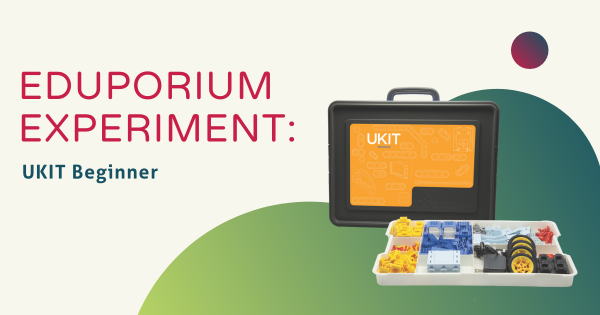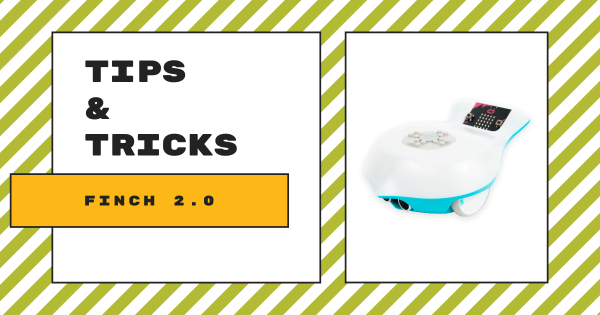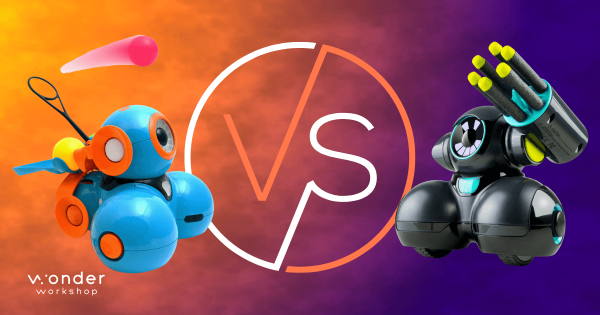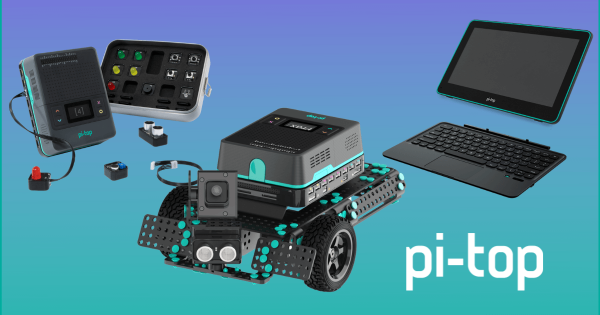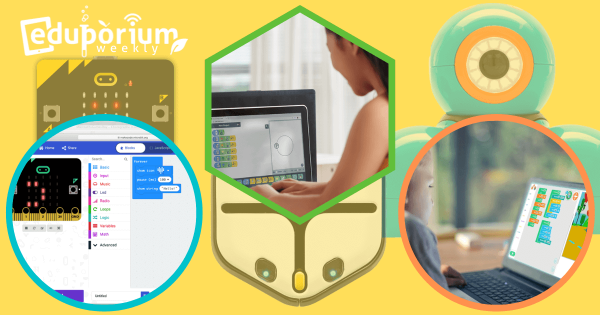The EdCreate Expansion Kit for enhancing Edison Robot STEAM projects helps students focus on construction with its 115 building parts, including blocks, gears, wheels, pegs, and more that are each compatible with both the Edison and LEGOs. The kit also includes classroom project guides and instructional videos that show students how to construct the five EdBuilds.
Coding
Coding is, of course, a hugely important area of 21st century education. Whether they're as young as Pre-K or ready to enter college, coding is extremely relevant to almost every student's future. Thankfully, millions of educators and administrators realize the importance of teaching kids to code. Whether it's a curricular requirement or part of an informal school club, programming experiences are amazingly valuable for students. There's also plenty of options, so educators can find something without complicated or pricey features. In this section, you'll see a lot of different topics related to K-12 coding. These include features on particular STEM tools, insights on coding integration, skills students can develop and more. There's also something for teachers of all grade levels. Whether you teach the early grades or have students with the foundation to take the next step, you'll find helpful resources for teaching coding in the classroom.
Coding is truly an experience that all K-12 students can have. Starting in the early grades, students can code screen-free with a tool like the Cubetto Robot. Then, they can start to increase their coding skills and explore Blockly environments using tools like the Dash Robot, Ozobot Evo, and many others. From there, students can explore a bunch of different languages, like Snap!, Scratch, MakeCode, and more and, eventually, expand their skill sets by exploring text-based languages, like JavaScript and Python. All the while, the STEM solutions we advocate for also allow students to learn the most important coding concepts, like loops, variables, inputs, conditionals, and syntax. With a natural progression that leads to increased computer science competencies and enhanced future readiness, it's tough to understate the relevance of coding experiences in the classroom.
-
Tips & Tricks | The Hummingbird Bit Robotics Kit
This flexible robotics system is certainly intuitive for students of all different ages. It’s easy for kids to program in various STEM and computer science projects and it also unlocks tons of creative freedom in both makerspaces and other non-traditional classrooms. Plus, with its micro:bit compatibility, students can add interactive elements to any classroom STEAM project.
-
Rising Resources | The Scratch Coding Platform
Though it’s been around for a while, Scratch remains an extremely reliable coding platform that teachers can use to introduce elementary students to programming and meet them where they are. It’s a super strong beginner-level language with a lot of functionality and was created around graphical coding to serve as a great introductory classroom option for K–8 students.
-
Eduporium Weekly | SEL In The Classroom
In addition to key STEM skills that students will likely need, they are going to need strong soft skills, like communication, collaboration, and listening, too. As such, the social-emotional aspect to teaching exposes kids to the process through which they acquire and apply the knowledge, skills, and attitudes necessary for managing emotions and building relationships.
-
Tips & Tricks | The Root Robot From iRobot
The Root coding robot is one of the most versatile classroom robots in K–12 education. With three progressing programming levels and whiteboard climbing capabilities, it provides so much authentic value for both STEAM teachers and students—even helping introduce pre-readers to coding with its multitude of fun sensors and other programmable features.
-
Eduporium Experiment | UKIT Beginner
Known simply as the UKIT, there are three versions currently on our store: the Beginner, Intermediate, and Advanced kits. The basis of each of these UBTECH robotics kits, including the Beginner Kit, is that students use the pieces, which include wheels, servo motors, connecting cables, and other plastic hardware, to build programmable models using interactive guides.
-
Tips & Tricks | BirdBrain's Finch Robot 2.0
The Finch Robot 2.0 is a tremendously versatile classroom coding solution and enables educators to lead STEAM lessons using various platforms and add-ons. With its six unique modes of programming and processing power from the micro:bit V2, the Finch 2.0 makes a lovely K–12 coding option for computer science students! Read on for more important classroom hints.
-
Dash VS. Cue: The Differences In The Wonder Workshop Robots
Though each is effective with the proper student age groups, they do have a few large differences. Starting with each one’s coding options, the Cue is a bit more advanced and it is programmable in JavaScript. Conversely, the Dash Robot is perfect for CS introductions thanks to its connections to the Blockly language and its unique options for digital programming.
-
Joining The pi-top Laptop, Get To Know The pi-top Supersets
Starting with the pi-top [4], this revamped DIY device empowers students to design, code, and create within the pi-top platform. It also helps them focus on exploring key physical computing concepts with a sprinkle of project-based learning along the way. Then, there’s the Robotics and Electronics Supersets for building and programming in deeper detail.
-
Eduporium Weekly | Keeping Your Coding Going At Home
For the bulk of 2020 and 2021, learning—and STEAM lessons—happened largely online and, though many children are digital natives, navigating this era of education created plenty of new and unique challenges. Now, as we strive to ensure hands-on STEAM experiences are always accessible, kids can code almost anywhere with these tools, which is key for the summer.




